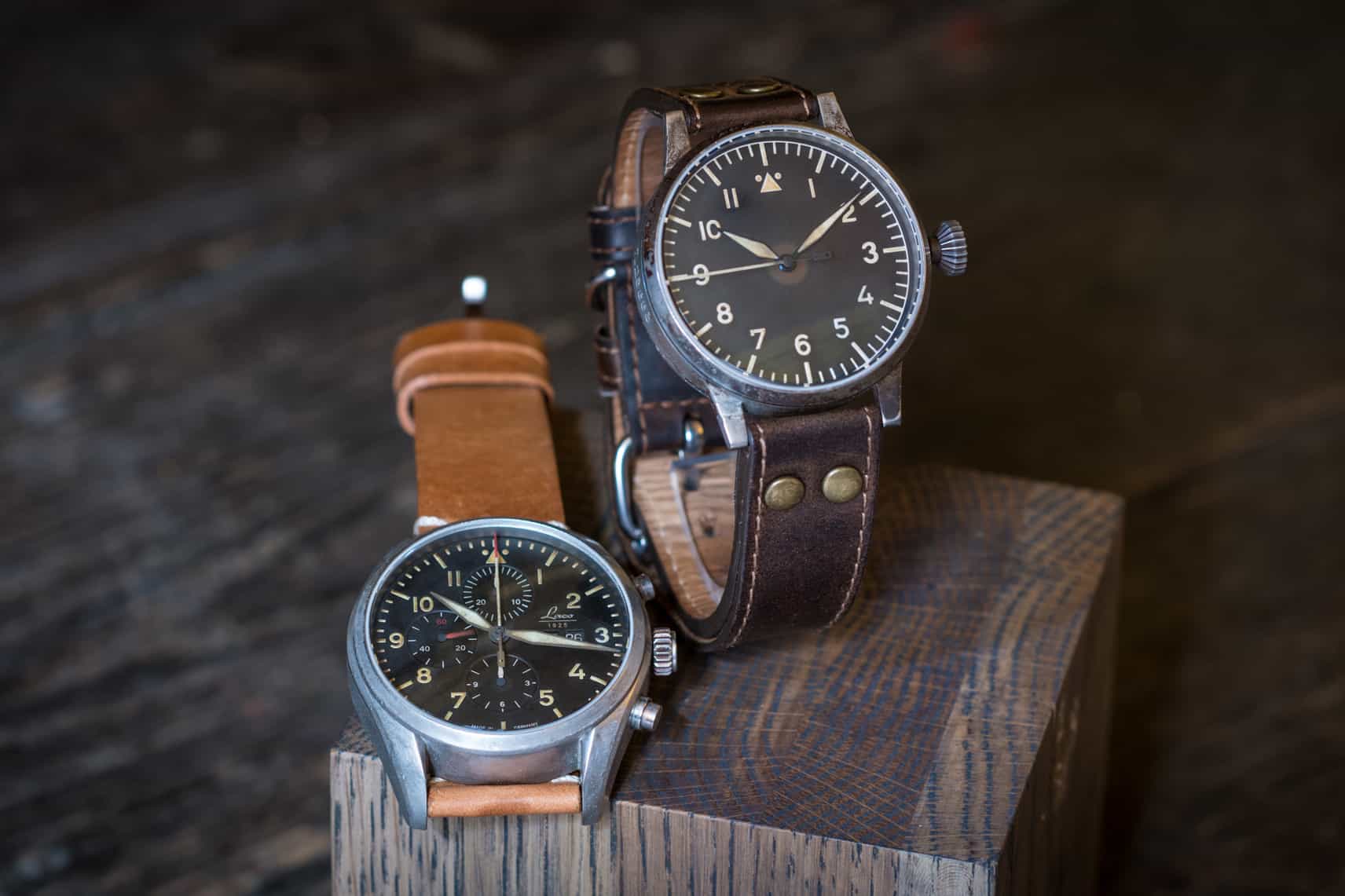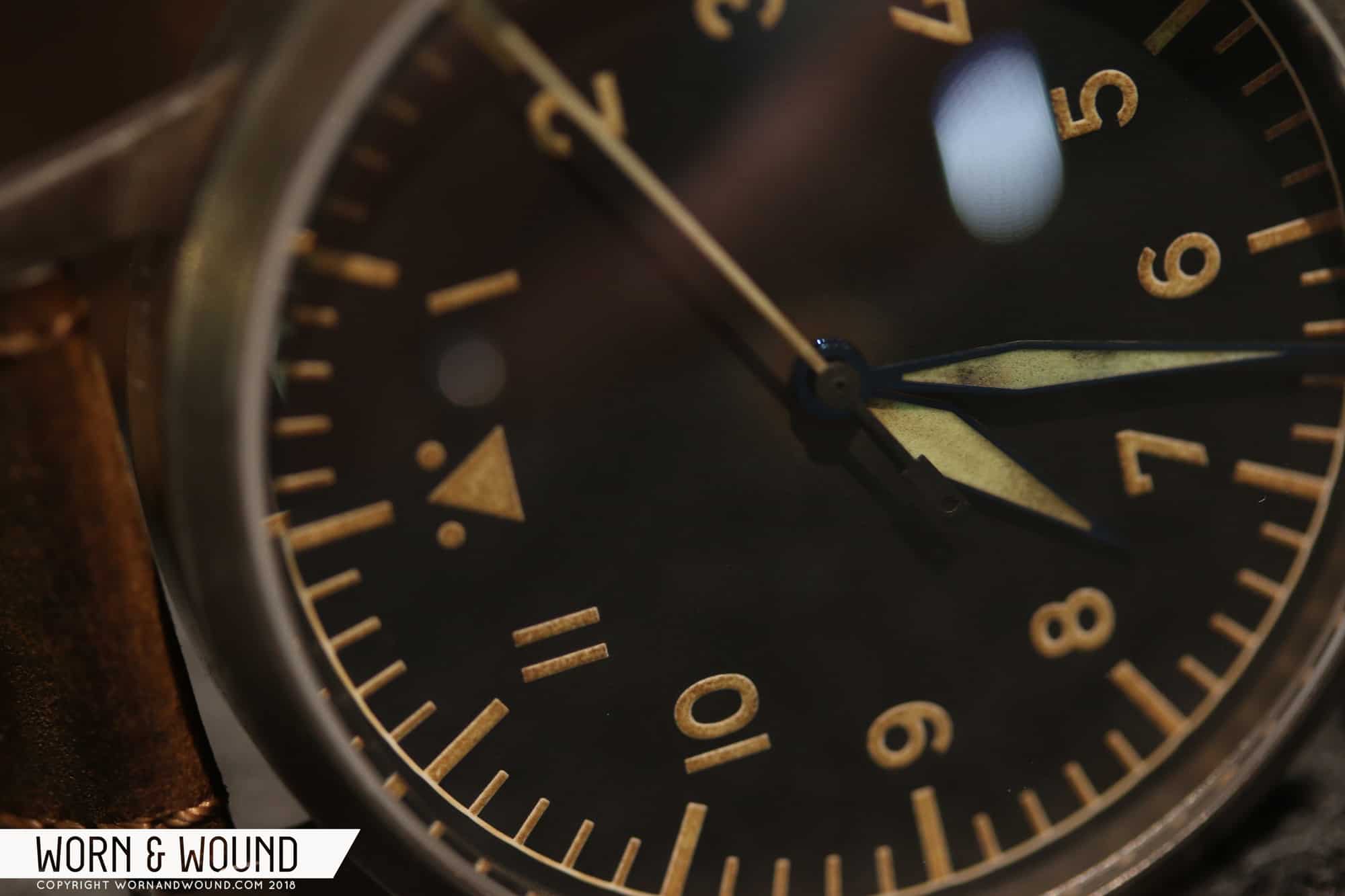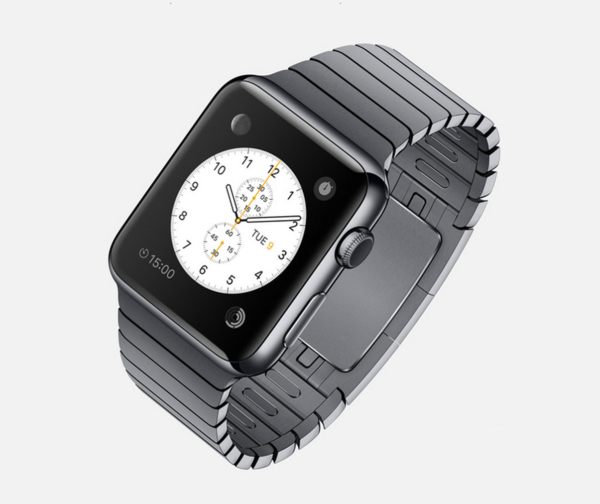Sometimes people forget that watches aren’t for putting in display cases and dribbling over. Yes, they’re often things of both mechanical and visual beauty, but they also have a function. Okay, I’ll concede—the latest from the haute horlogerie chaps will be an exception, but, by and large, most watches are designed for wearing and telling the time.
And that means—sooner or later—your lovely new timepiece is going to get bashed. You forget you’re wearing it and drag the crystal against a brick wall as you walk past—scrape! Or you slip when you’re shifting a tricky bit of suspension and clunk it on a strut—ding! At this point, there may be swearing too.
Over time, your watch picks up scratches and dings that all tell a story about your adventures together. This is a good thing. It’s character. It’s memory.
“Ha! Remember when Tony’s Amazon ditched its clutch fluid just outside Ypres on the way to Spa and you tried to get the pipe union undone with your Leatherman and stuck a dent in your Heuer 510!?”
Like the Velveteen Rabbit, a watch needs the character from scrapes and scratches to be properly loved.
Over the last couple of years scratches and scrapes have become a hot topic in the watch world. In vintage, there’s been a definite move towards what Christie’s calls “honest patina,”—watches that have been worn, loved, and show it. It’s something of a reaction against some of the over-polished, over-restored vintage pieces that have turned up at auction.
But what about the trend for brand new watches that are artificially aged? Where do they stand? Watches like the Longines Heritage Military and the Laco Erbstück series?









 Featured Videos
Featured Videos









